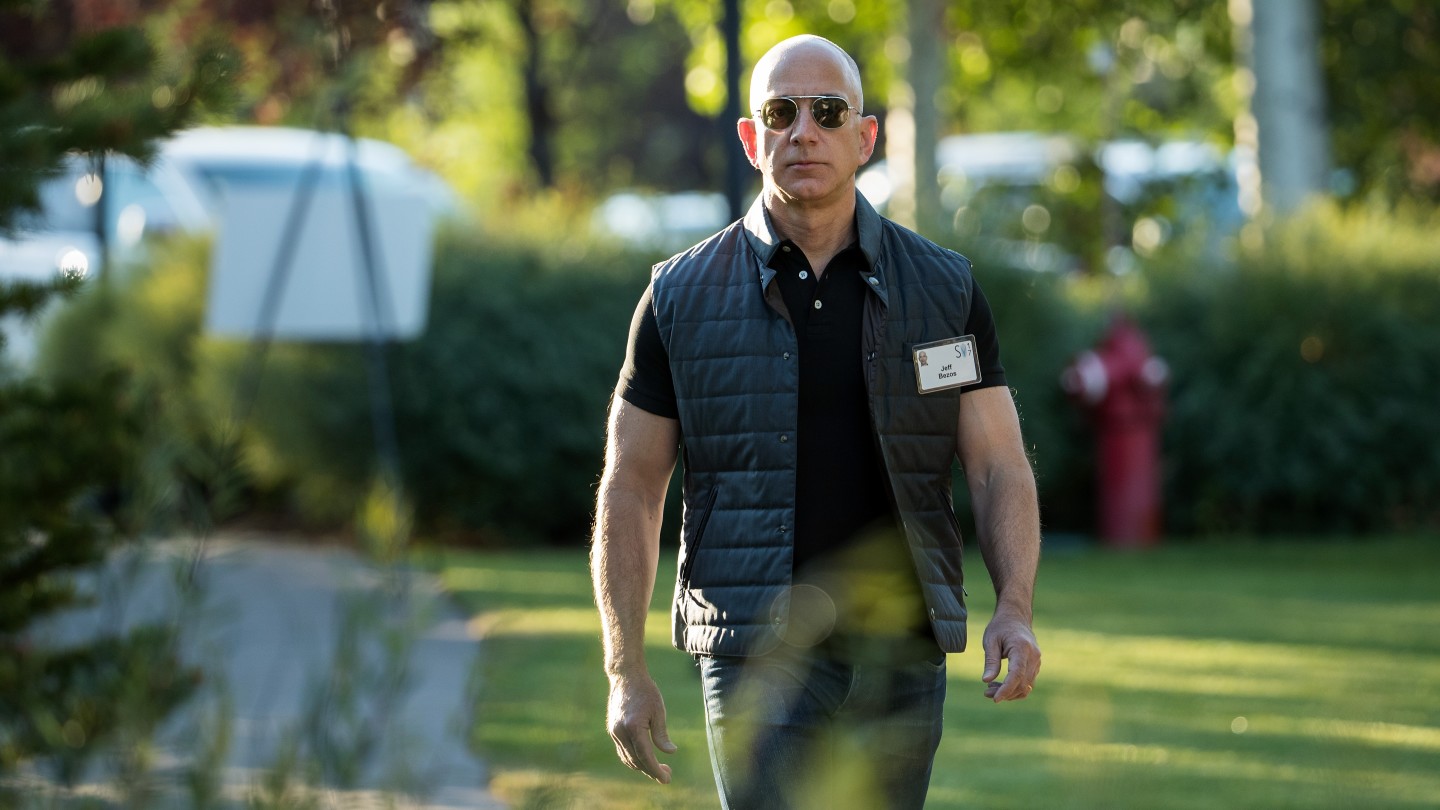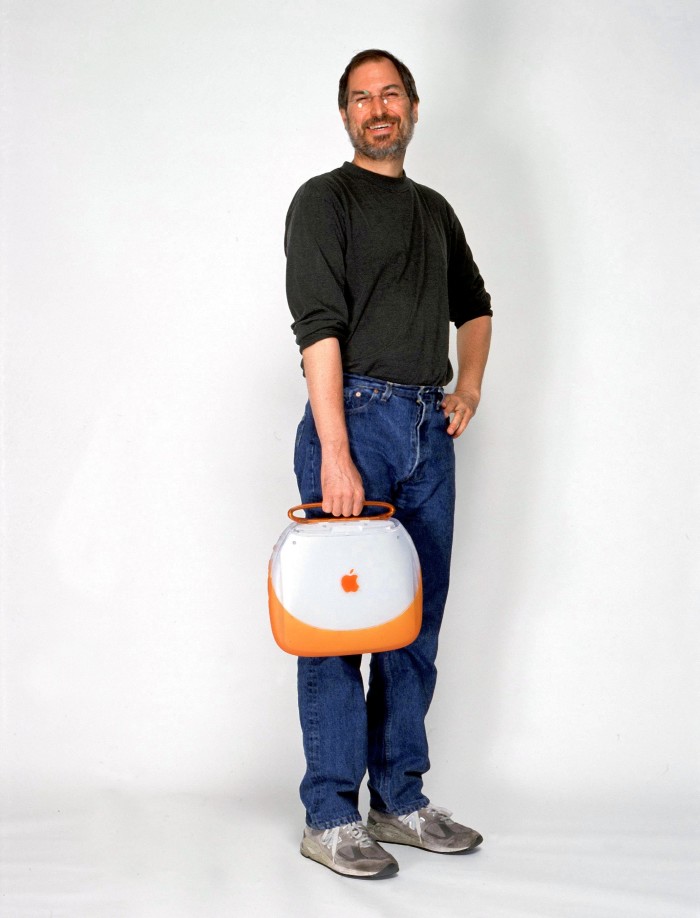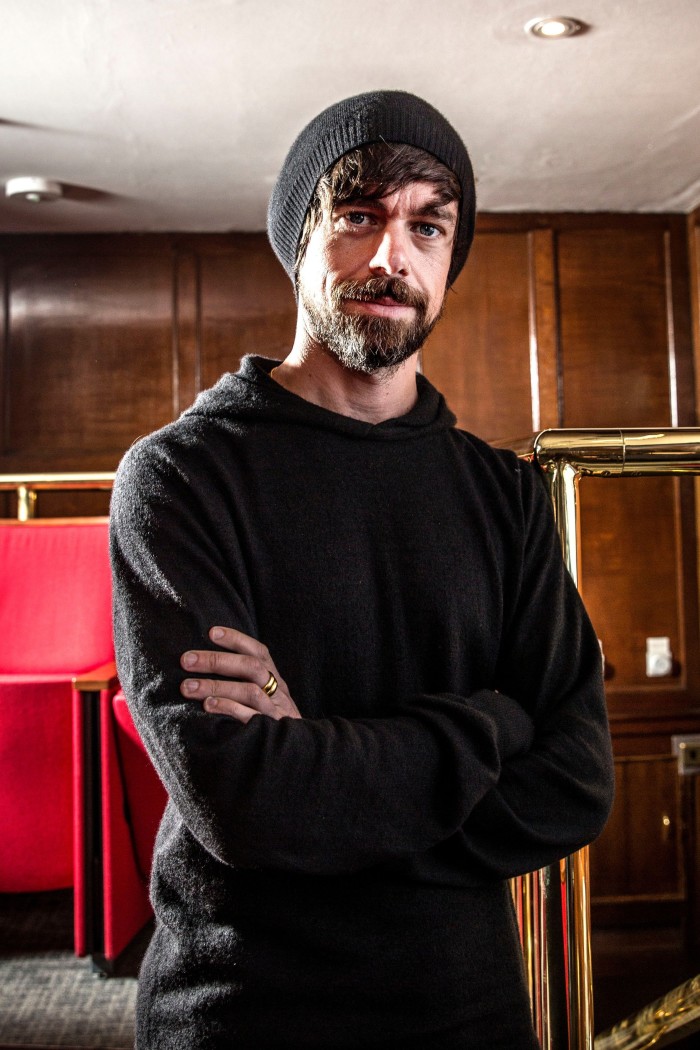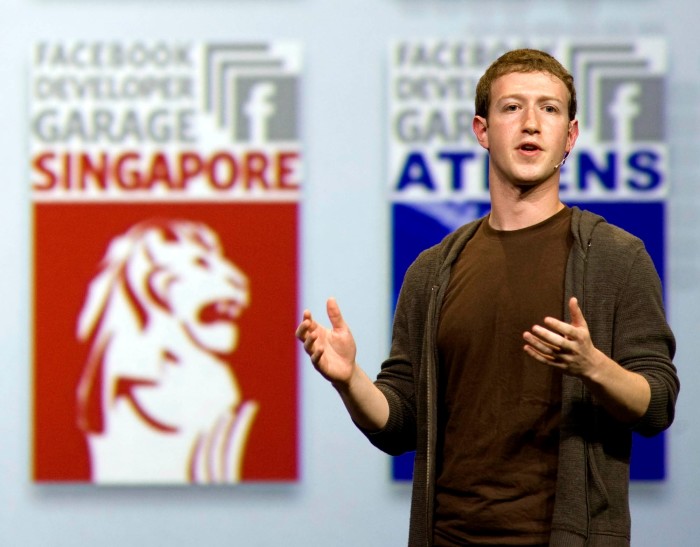How to dress tech bro

Simply sign up to the Style myFT Digest -- delivered directly to your inbox.
As the old adage goes, you don’t know what you’ve got until it’s gone. And it’s true – I didn’t realise how much I appreciated style until it had all but disappeared. Last January, I said goodbye to London in all its sartorial diversity and headed to the West Coast to write about technology. Here, I was greeted by a de facto male uniform of bland T-shirts, ill-fitting jeans, oversized hoodies and sneakers or, even worse, flip-flops.
This basic garb, sported by timid nerds and rowdy tech bros alike, has been the staple of Silicon Valley style. From the heady heights of the dotcom boom to today’s techlash, the mantra has been simple: no plain, no gain. It is easy to pin the aesthetic – or lack thereof – on laziness: an absence of creativity, regard and time. But the tech titans have, in fact, been assiduous about dressing to a kind of casual uniform.

The godfather of Silicon Valley style was, undoubtedly, Steve Jobs. Through the late 1990s and early 2000s, the tech pioneer would unveil the latest Apple product in a black mock turtleneck – made by Issey Miyake, no less – paired with blue 501 Levi’s jeans. He reportedly told his biographer Walter Isaacson that he had “hundreds” of black turtlenecks – “enough to last the rest of my life”. This carefully curated branding helped perpetuate the idea of the genius founder; droves of young engineers were able to pay homage to the billionaire they aspired to be by donning identical get-up (though some copycats were perhaps less flattering than others – see corporate villain and ex-Theranos chief executive Elizabeth Holmes).

“[Silicon Valley types typically] honour the style of their champion. It’s part of a herd mentality,” says Joseph Rosenfeld, a personal stylist who has worked with clients in the tech sector.
There are a smattering of San Francisco-headquartered brands that have cashed in on such mimicry: sneakers from Allbirds – makers of “the world’s most comfortable shoes” – and Everlanes abound. E-commerce ventures such as Stitch Fix allow overworked geeks to subscribe to receive a curated package of clothing each month without having to leave their hot desks.


But the ultimate symbol of Silicon Valley’s herd mentality is the zip-up vest or gilet. The look, once associated with blue-collar workers, was popularised several years ago as the regalia for the elite Allen & Company Sun Valley Conference in Idaho, also dubbed the “summer camp for billionaires”. So ubiquitous is the style now – most notably Patagonia’s fleece iteration – that it has spread to the finance bros of New York and even earned its own viral Instagram page: @midtownuniform.
The dogma is that minimalism and monotony yield extra productivity. “I really want to clear my life to make it so that I have to make as few decisions as possible about anything except how to best serve this community,” Mark Zuckerberg declared in 2014 when asked about his single- shade-of-grey wardrobe. It is startup culture flipping the bird to corporate norms; a newfound promise of meritocracy based purely on how well you program, rather than present.

Zuckerberg has set the tone for the Valley more than anyone else. The social-media mogul was a mere college kid in grungy teen outfits when he started the platform. His statement since has been to never outwardly change. On stage at the Web 2.0 summit in 2007, he unashamedly wore black Adidas sliders. When the company floated in 2012, he rattled Wall Street financiers by wearing hoodies to meetings. At Facebook’s developer conference last year, he chose a highly unremarkable blue-grey sweatshirt, black-jeans and black-trainers combo. “It’s much more about stealth wealth than anything. It’s not really about showing off,” says Rosenfeld.
But the tide appears to be turning, signalling a mild onset of “decision fatigue” fatigue. As tech founders mature and grow alongside their companies, many are honing a more unique image, according to Silicon Valley fashion-stylist Victoria Hitchcock. “The sweatshirt is a symbol of the anti-conformist. It says, ‘You need the value of what I offer. I’ll put my feet up on the desk, I’ll wear my dirtiest jeans…’ It was about being comfortable and not changing for anybody,” Hitchcock says. “But the minute it becomes a uniform, it’s lost its purpose. That’s the irony.”
So too have they turned to designers. The tech bros of today wear hoodies and sweatshirts by Loro Piana or Brunello Cucinelli, often with price tags in the thousands. Lanvin sneakers are a hot ticket among tech execs, as are those from Golden Goose and Common Projects. Twitter CEO Jack Dorsey favours Rick Owens jersey knits. Snapchat CEO Evan Spiegel wears sleek, bomber-style jackets, as does Google CEO Sundar Pichai.
This more fashion-forward mentality has been driven by new business and social opportunities. The bookish Jeff Bezos, who launched Amazon from his garage, once wore oversized khaki trousers and blue linen shirts. But it is a different Jeff Bezos – in tight-fitting Cucinelli T-shirts and Crime Scene Investigator aviators – who is now rubbing shoulders with Hollywood’s film and television elite as he expands his business to include a media empire. “You better have a new way of interacting with these people that isn’t California casual,” Hitchcock says. “It’s not going to fly.”
Even that cornerstone of Silicon Valley style – the gilet – has had a high-fashion update in recent years: execs have upgraded to slick sleeveless puffers from the likes of Moncler and Herno.
Yet despite this veer towards more fashion-forward choices, one thing remains consistent: Silicon Valley is full of followers. “I was known as ‘the hoodie exterminator’, now I’m ‘the vest exterminator’ too,” Hitchcock says, in reference to the once-sneered-at, now-ubiquitous gilet. While the area may be a hub of innovation – the home of unicorns – it’s hard to code individual style.
Comments